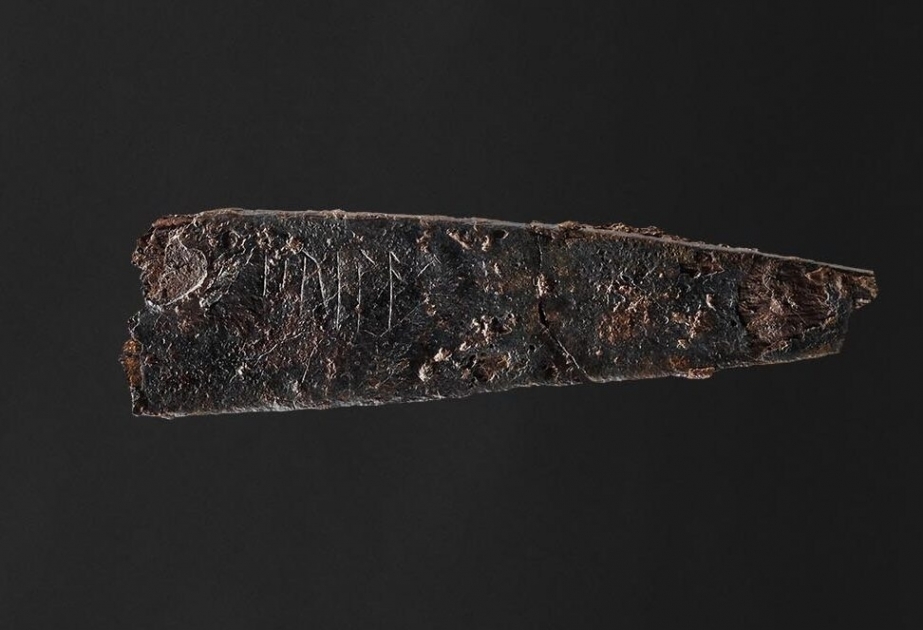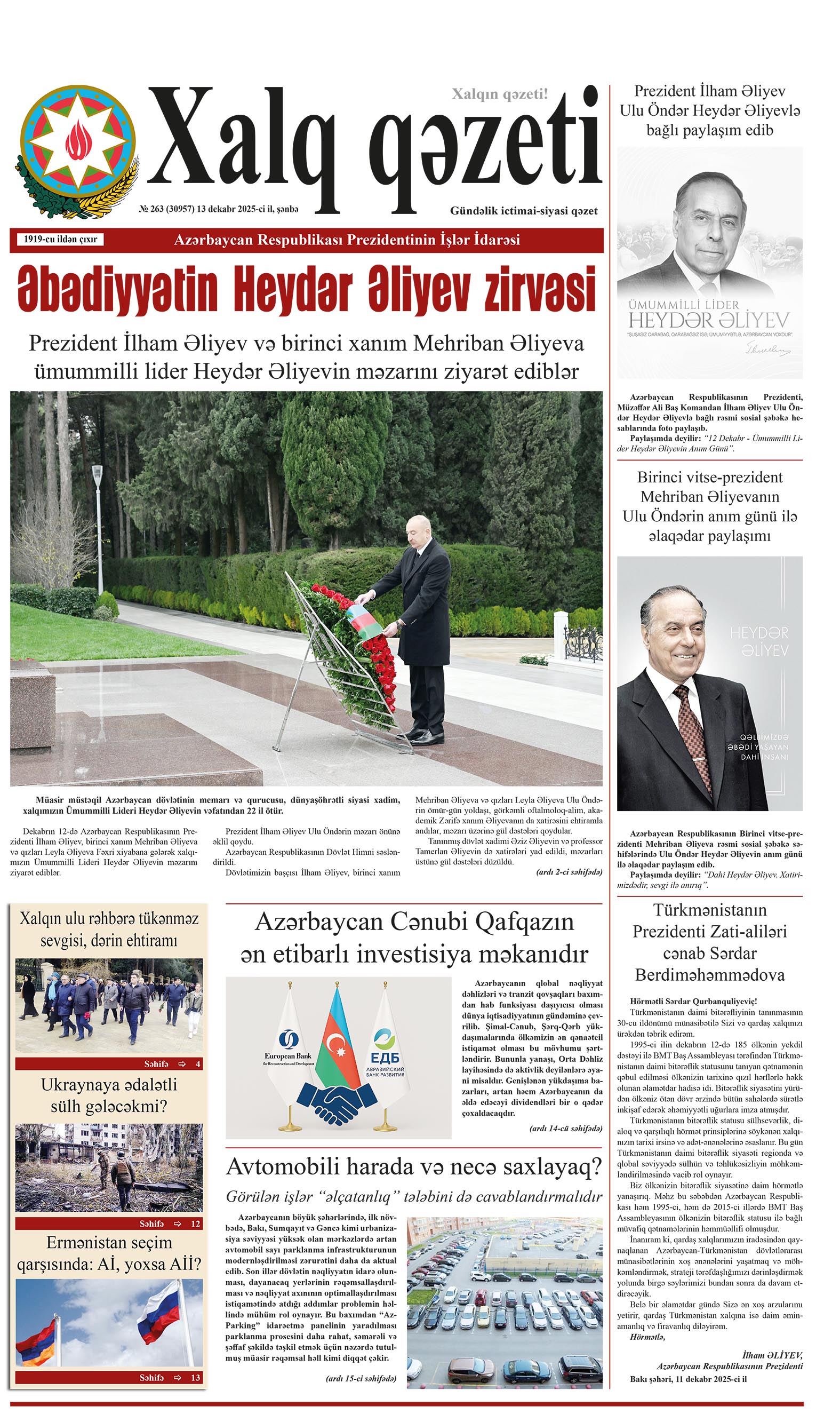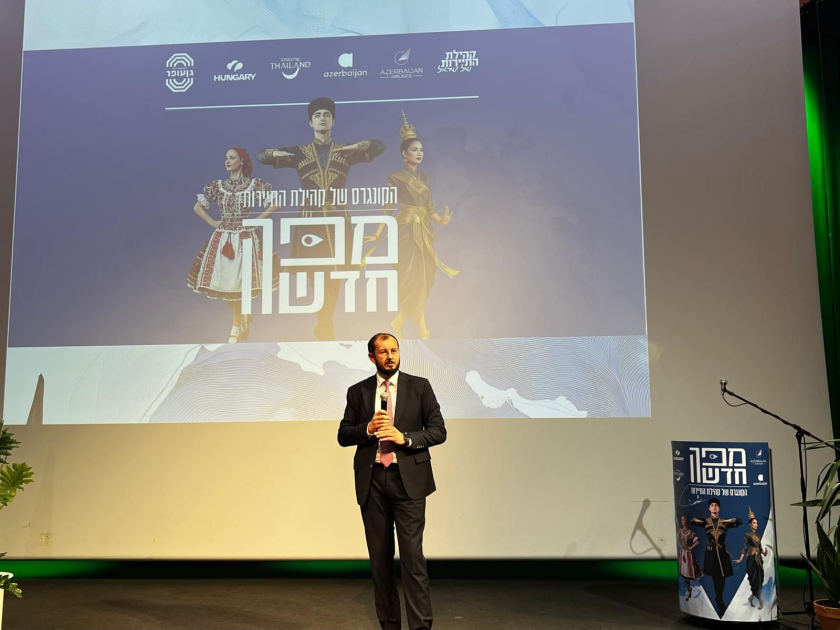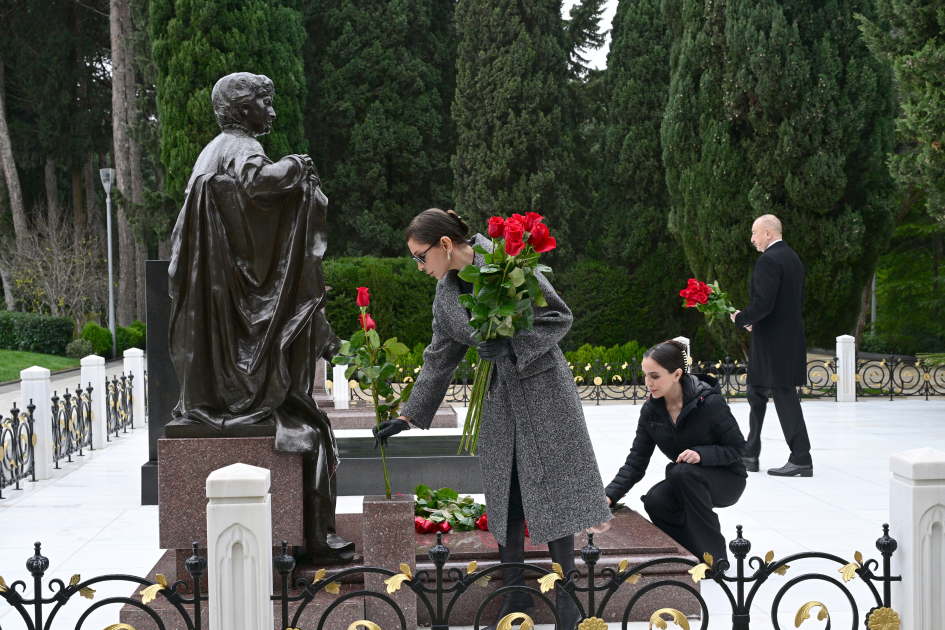Archaeologists from the Museum Odense in Denmark recently unearthed a significant historical artifact: a small, 2,000-year-old knife bearing an exceptionally rare runic inscription, according to ArtNet.
The text, composed of five runes concluding with three depressions engraved into the knife, uses the oldest known runic alphabet. The runes represent the word “hirila,” interpreted to mean “Little Sword” in Old Norse. While it remains uncertain whether “hirila” refers to the knife itself or its owner, archaeologists affirm its status as a cherished possession interred in a grave almost two millennia ago. The relic was found under the remnants of an urn in a small burial ground east of Odense.
Speaking on the national significance of the discovery, museum inspector and archaeologist Jakob Bonde was thrilled. “It is a unique experience to stand with such an old and finished written language,” he said. “A runic inscription is like finding a message from ancient people.”
Runologist Lisbeth Imer from the National Museum of Denmark underscored the exceptional rarity of such ancient runes. “…[I]t is a unique opportunity to learn more about Denmark’s earliest written language and thus also about the language that was actually spoken in the Iron Age.” She went on to elaborate that literacy was limited during the period, and those with the ability to read and write held special status and power. The runes on the “Little Sword” establish a connection to that elite, prehistoric class.
Bonde deemed the discovery a once-in-a-century find, and drew parallels to the one and only time similar runes had been found before. In 1865, an inscription dating back to 150 C.E. was discovered on a bone comb in Vimosen, west of Odense.
The knife is thought to be 800 years older than the Jelling stone, a large rune stone often called “Denmark’s birth certificate”. The stone’s inscription describes King Harald’s achievements and contains Scandinavia’s oldest image of Christ, dated back to 965 C.E.
Beginning on February 2 through April 7, 2024, the artifact, along with other objects uncovered at the burial site, will be on display at Møntergården in Odense.



















